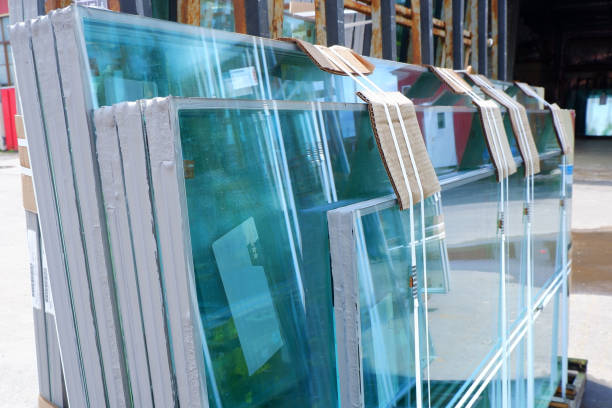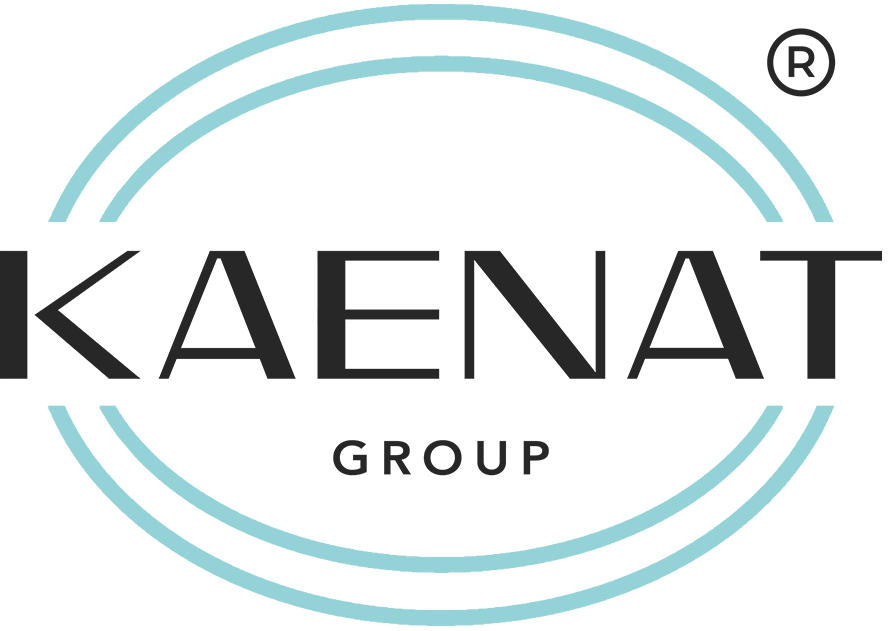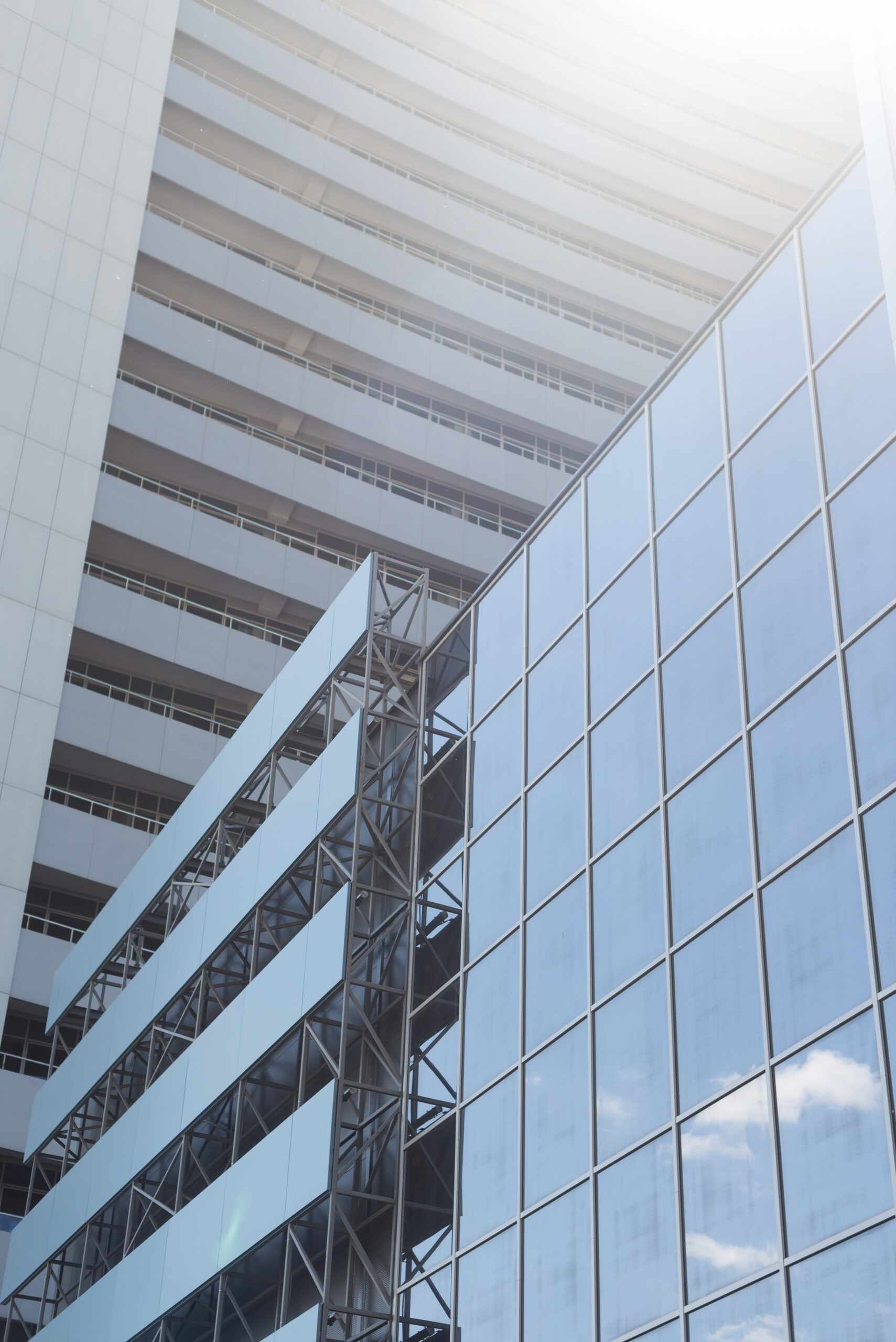ARCHITECTURAL GLASS
Architectural glass is used extensively in modern building designs to enhance both aesthetics and functionality. This glass type includes various products like tempered, laminated, and insulated glass, each offering unique benefits. It provides structural support, energy efficiency, and improved safety features. Architectural glass transforms buildings with its sleek appearance and versatile applications, from facades to interior partitions.
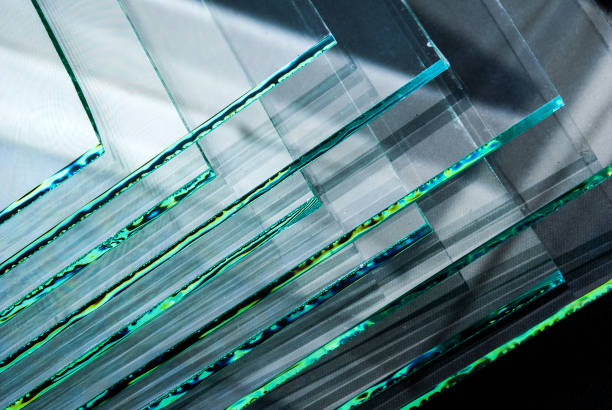
Clear Float Glass
Clear Float Glass is a premium glass known for its exceptional surface flatness and crystal-clear finish, ensuring distortion-free vision and bright, clear true and reflected images. It lets in more natural light, rendering the colors of the outside world fresh and luminous.Perfect for tables and doors, providing clear, clean edges for a modern, elegant look. Its superior manufacturing process makes Clear Float Glass ideal for applications requiring precise visual clarity and aesthetic appeal.
Reflective Glass
Reflective Glass is a body-tinted glass that absorbs solar energy, reducing sun’s heat for enhanced comfort inside buildings. Its mirror-like appearance boosts the building’s aesthetic appeal. This glass can be tempered and combined with other products to prevent heat loss, reduce noise, or even stay clean on its own. Ideal for both functionality and style, Reflective Glass is a versatile solution for modern architectural needs.
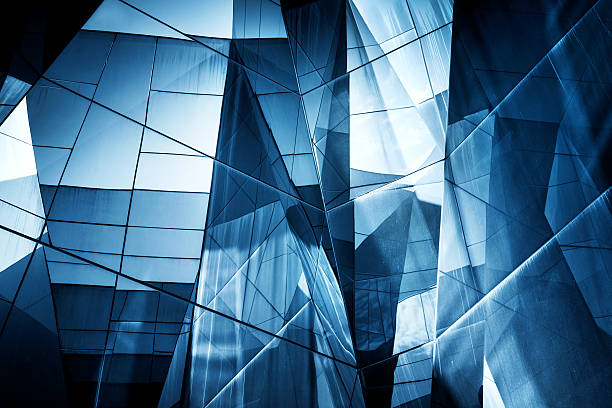
Innovative Offerings
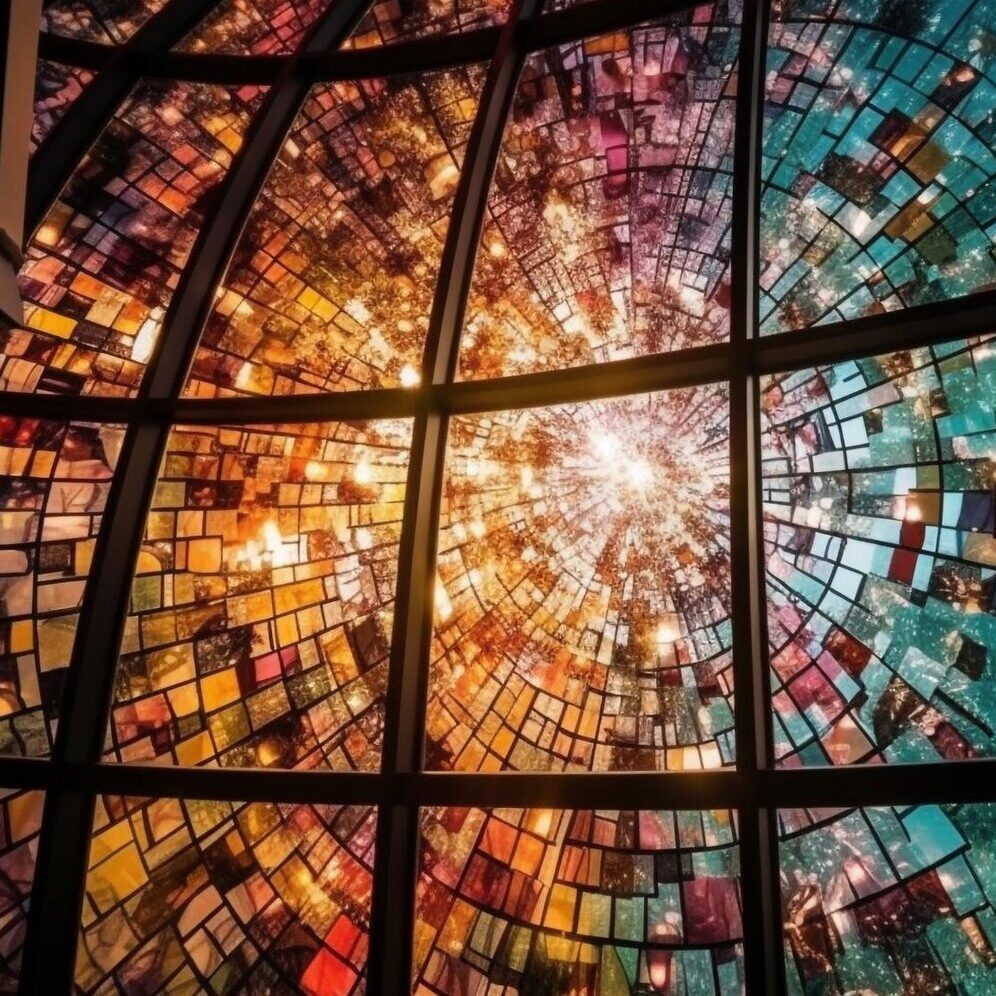
Stained Glass
Stained glass is referred to coloured glass as a material or to works created from it. Throughout its thousand-year history, the term has been applied almost exclusively to the windows of churches, mosques and other significant buildings. This glass is also applied to windows in which the colours have been painted onto the glass and then fused to the glass in a kiln.Stained glass, as an art and a craft, requires the artistic skill to conceive an appropriate and workable design.
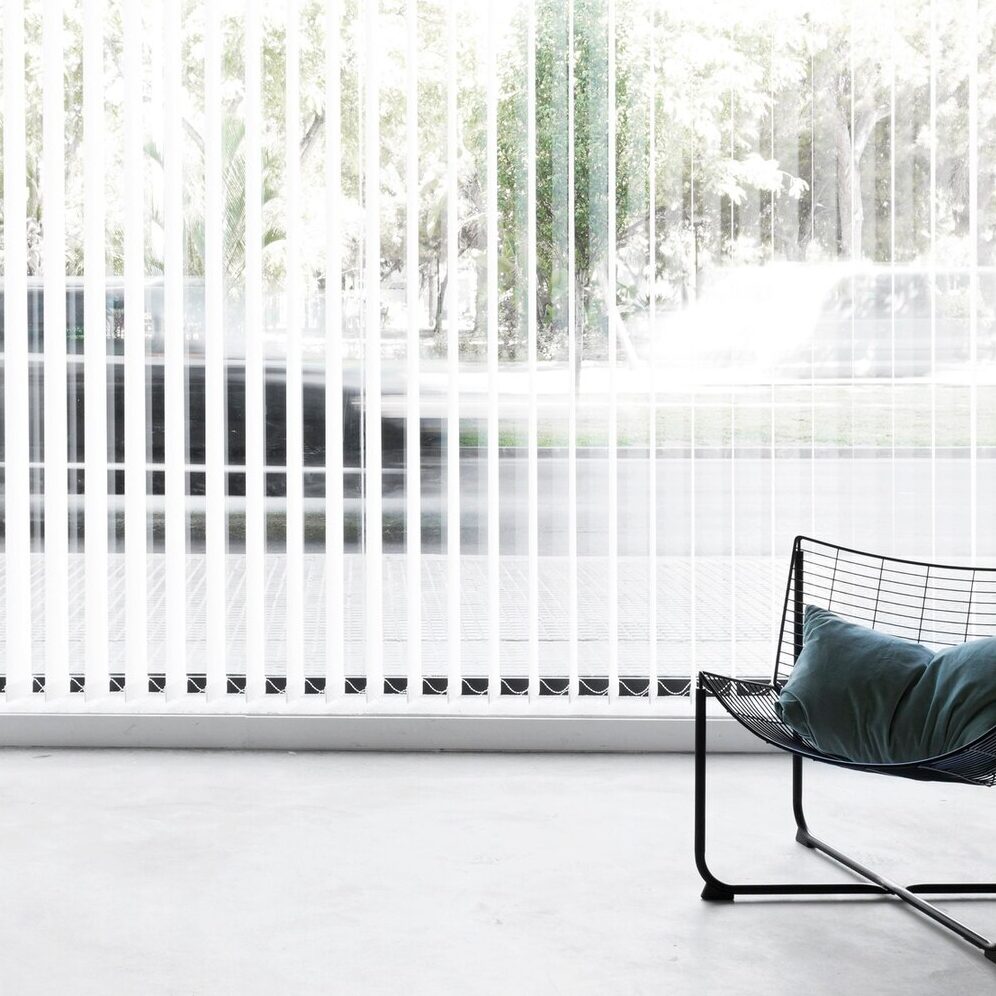
Motorised Blind Glass
Blinds between glass are sealed between two glass panels, so no dust or allergens can accumulate on your door blinds.truly versatile, user-friendly and discreet double-glazed integral blind system suitable for installation both internally and externally. The range includes a cordless manually-controlled unit operated via a smooth user-friendly sliding magnet, as well as motorised units which can be controlled via programmable infra-red or radio frequency remote units.
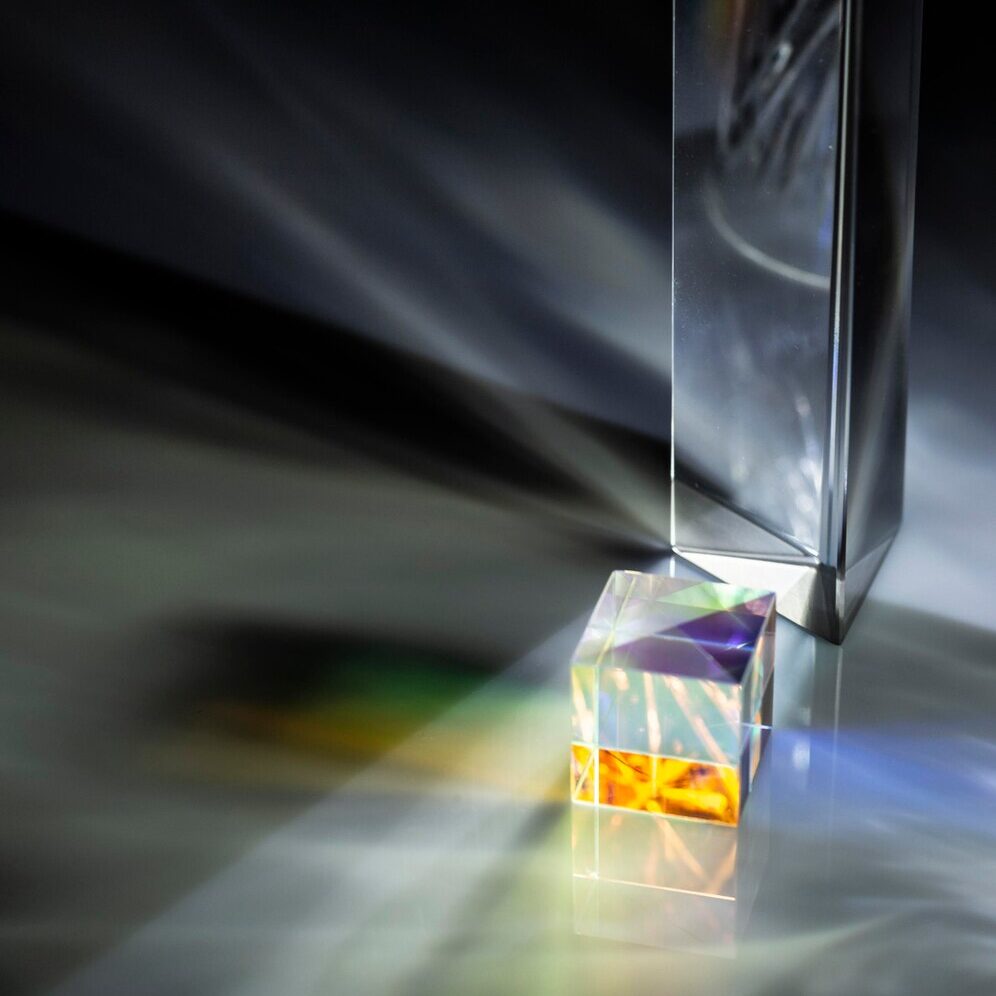
Bevelled Glass
Bevelled glass edges are cut to a specific angle and size to produce an elegant, framed look. This type of edge makes the glass thinner and smoother around the edges, while the large middle portion remains thicker. The beveled edges create a beautiful prism effect, reflecting light and adding a decorative touch. Ideal for mirrors, windows, and glass doors, bevelled glass enhances the aesthetic appeal of any space.
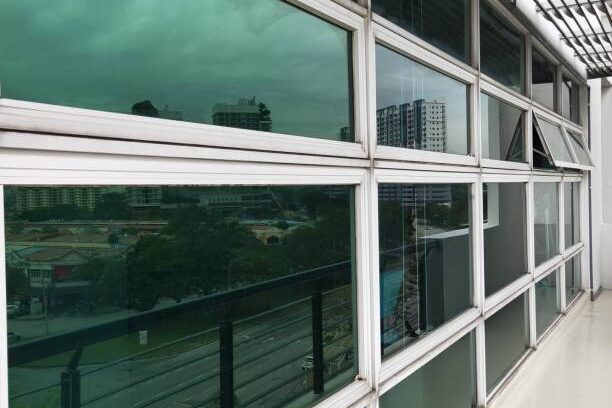
Tinted Glass
Tinted glass features a colored appearance and basic solar control properties, making it ideal for exterior applications like windows and roofing. It offers both aesthetic appeal and functional benefits. In interior applications, tinted glass is used for decoration, fittings, and furniture, while externally, it is suitable for single or double-glazing in facades and overhead glazing. Available in various shades such as green, grey, and bronze, tinted glass is perfect for universal applications where an attractive appearance and solar control are required.
Low-E Glass
Low-E glass is a popular and versatile building material known for its superior solar and thermal performance. This is achieved through the use of passive and solar control low-e coatings. These coatings enhance the glass’s energy efficiency by reducing heat transfer, making it ideal for modern architectural applications. Low-E glass not only improves insulation but also helps in maintaining comfortable indoor temperatures while reducing energy cost
